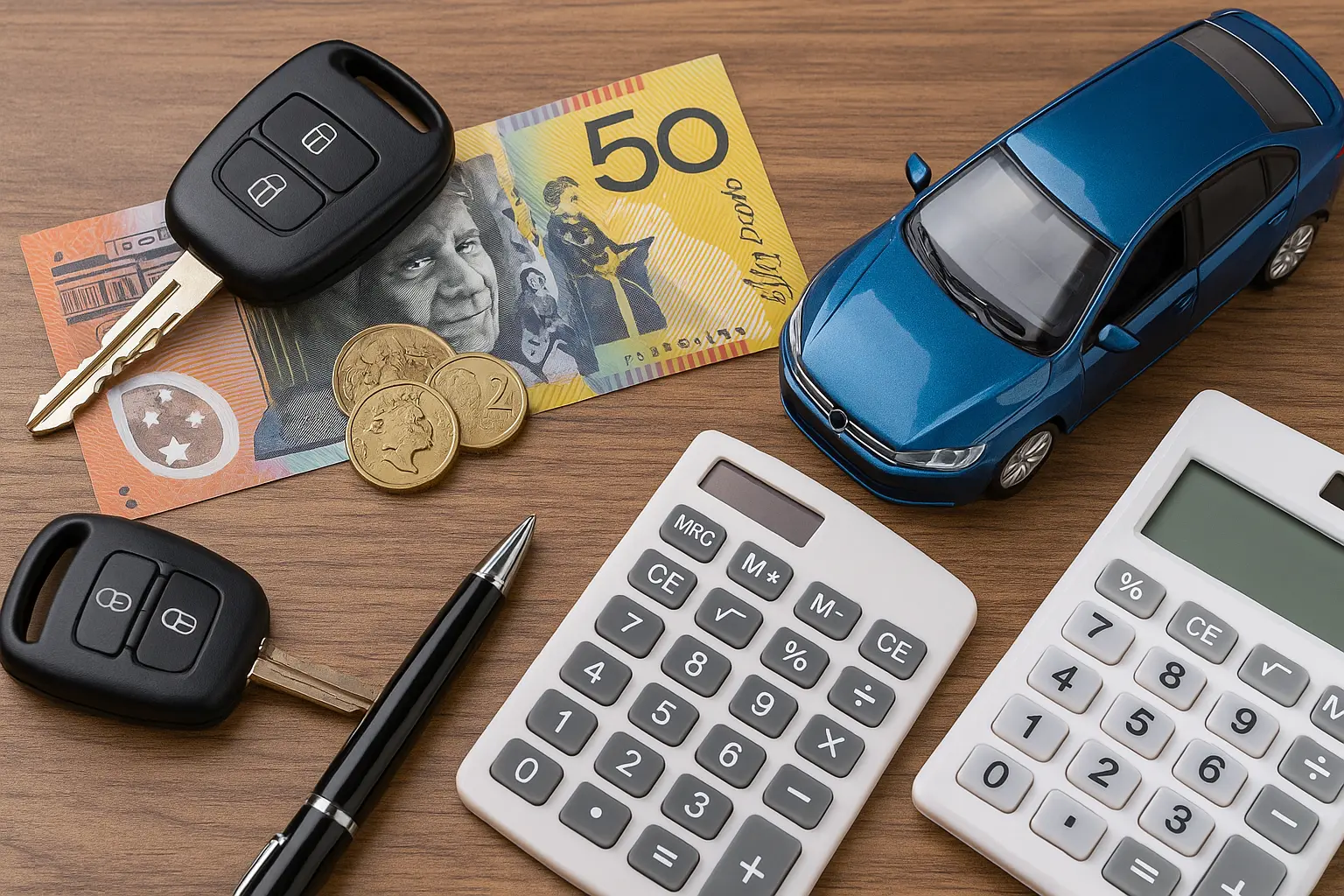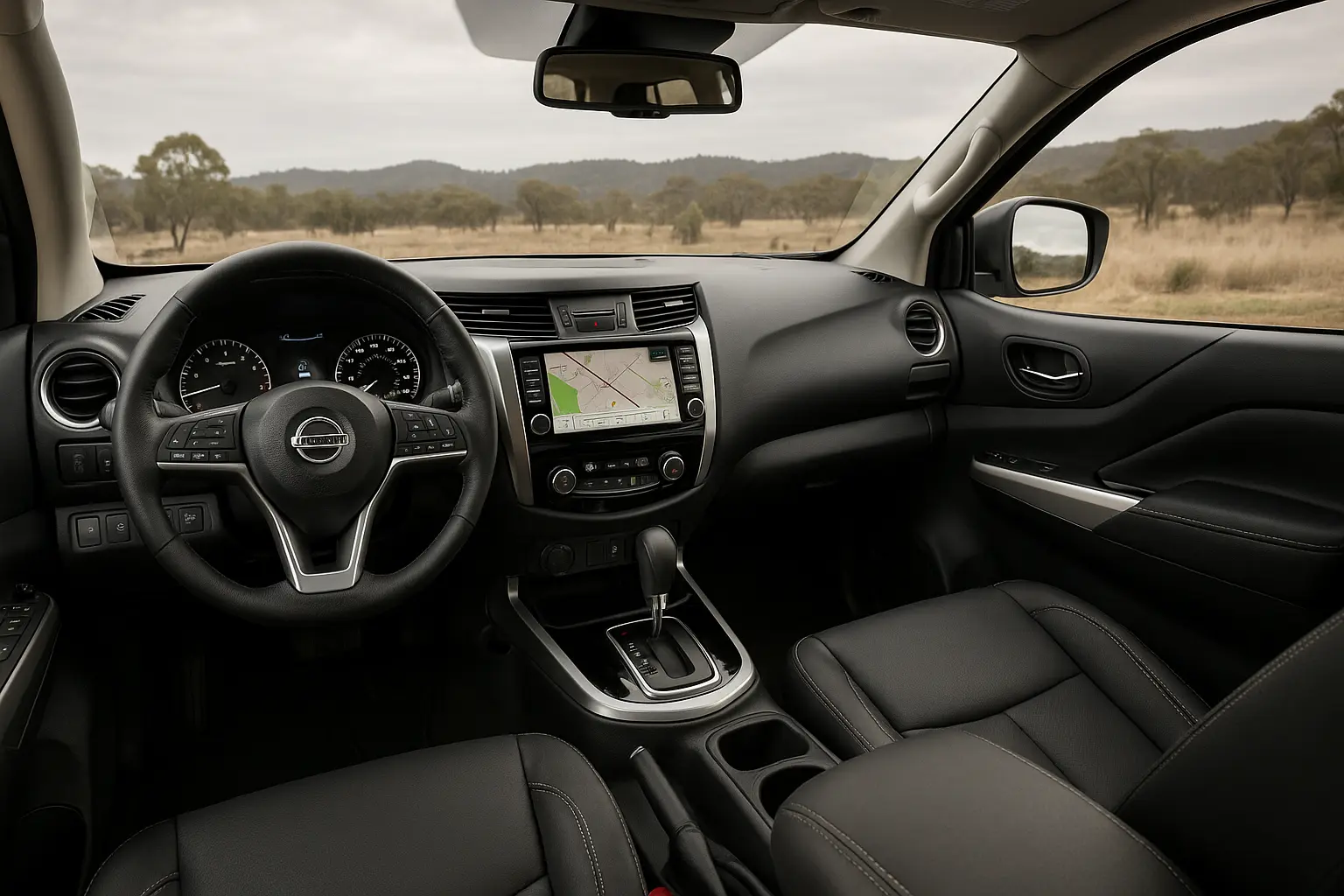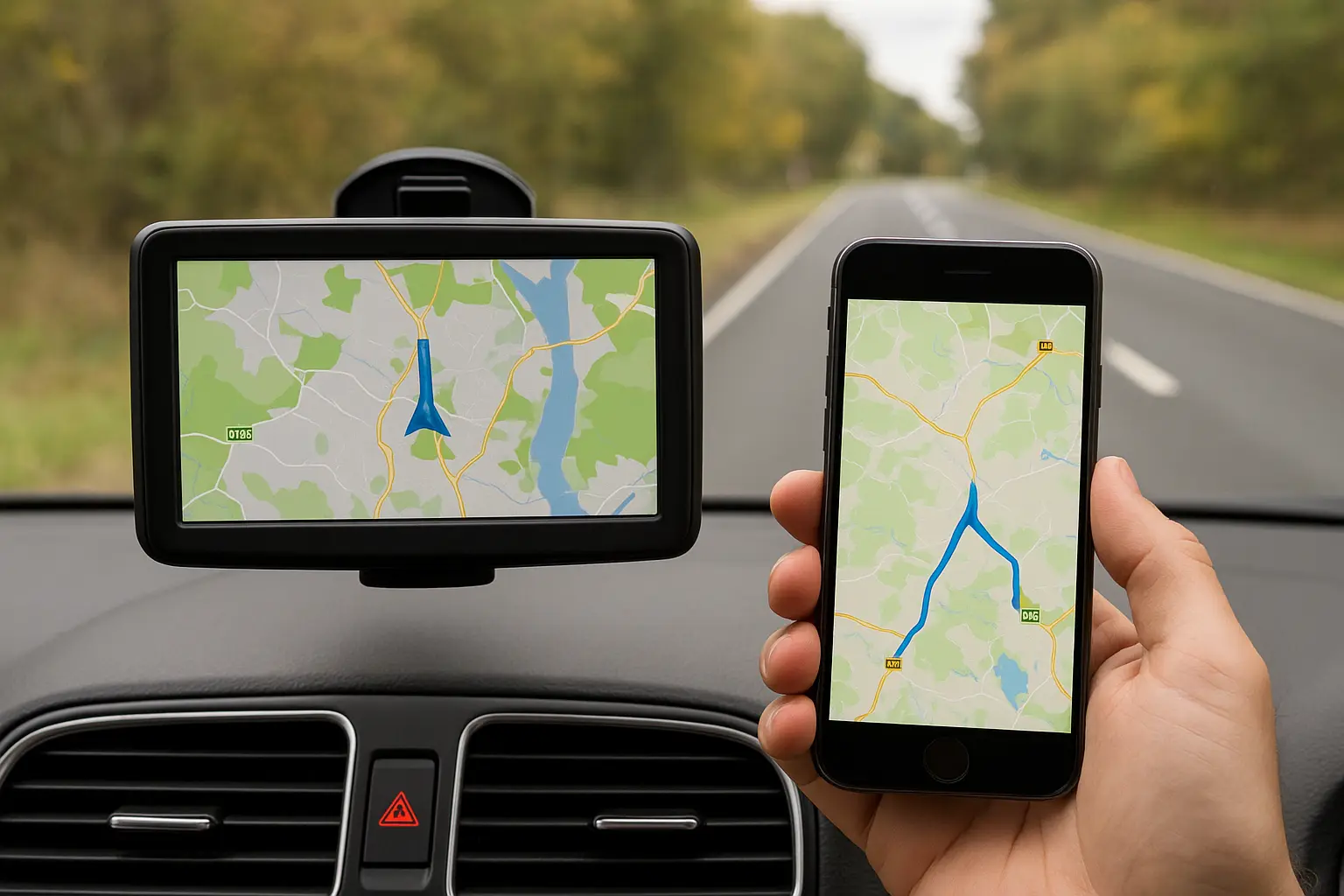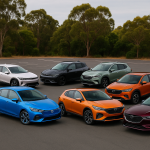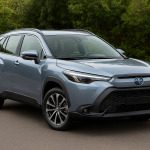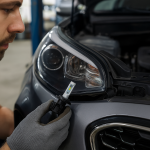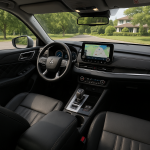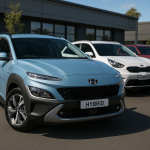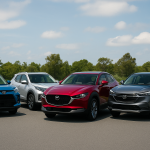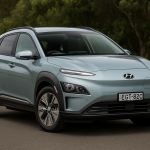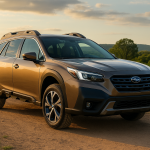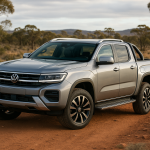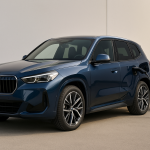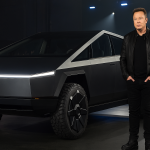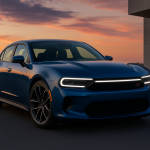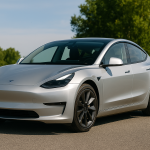The decision between leasing a car and buying a car outright or through finance is one of the most important financial choices Australian drivers face today. With rising vehicle prices, changing lifestyle needs, and evolving tax incentives, Australians are increasingly asking: Which option gives me the best value – leasing or buying?
This guide will break down everything you need to know about car leasing versus buying in the Australian market, including cost comparisons, ownership benefits, tax advantages, hidden pitfalls, and lifestyle fit. Whether you’re a first-time buyer, a business owner, or simply looking to upgrade your ride, this article will help you make a confident, informed decision.
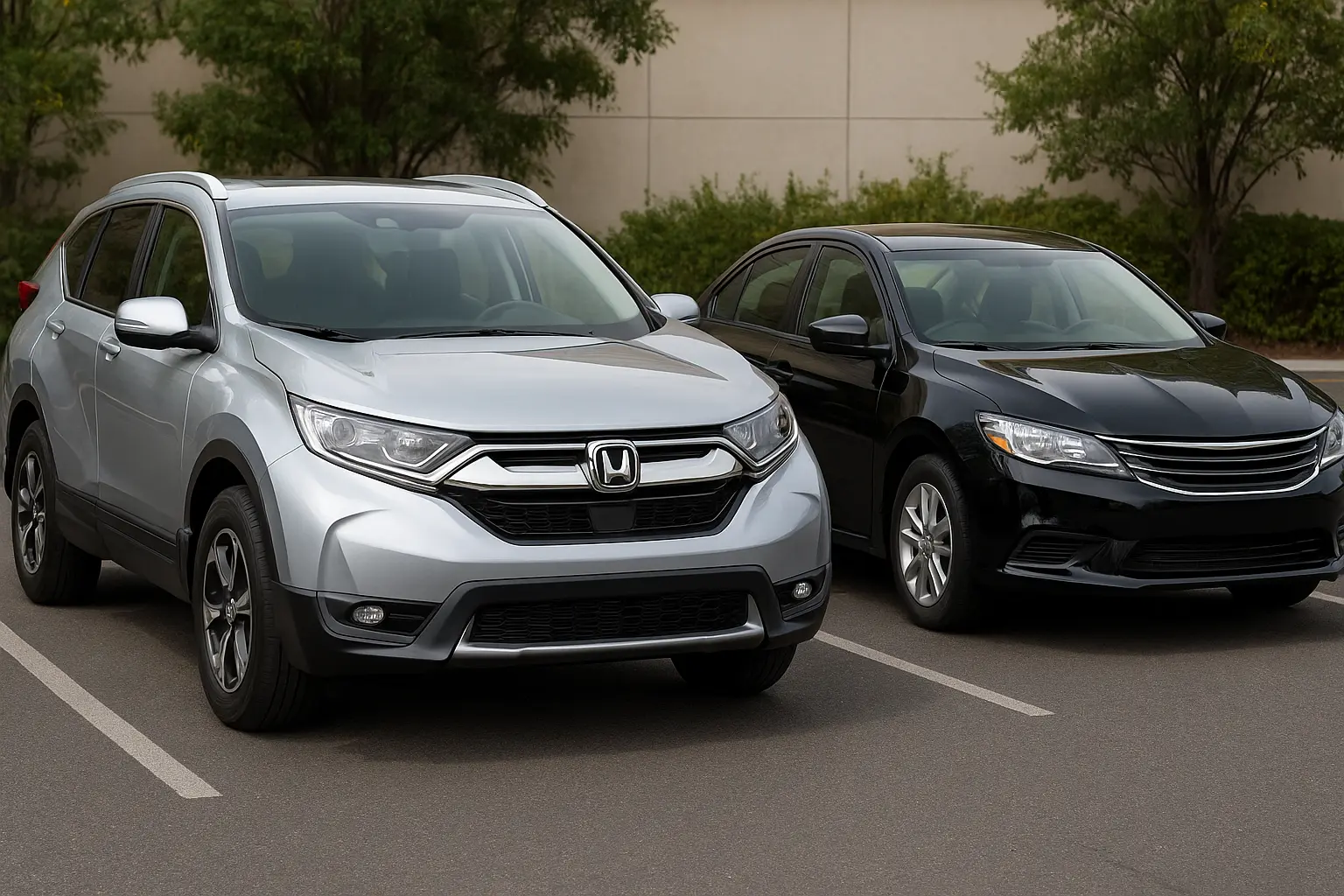
Understanding the Basics: Leasing vs Buying
Before we dive into costs and benefits, let’s clarify what leasing and buying really mean in the Australian context.
What is Car Leasing in Australia?
Car leasing is essentially a long-term rental agreement, typically lasting two to five years. You pay a fixed monthly fee for the use of the vehicle, and at the end of the lease, you usually return it to the dealership or leasing company. Some lease contracts also give you the option to purchase the car at its residual value.
There are two main types of leases in Australia:
- Operating Lease (True Lease): You return the car at the end of the term with no ownership.
- Finance Lease: You may have the option to buy the car at the residual value when the lease ends.
Leasing is especially popular with businesses and employees under novated leases, where payments are made directly from your pre-tax salary, offering potential tax savings.
What Does It Mean to Buy a Car?
Buying a car means you own the vehicle outright (if paid in cash) or own it once your loan is repaid (if financed). Ownership means you have full control over the vehicle — from modifications and usage to resale.
Common ways Australians buy cars:
- Cash Purchase: Full payment upfront, no ongoing finance costs.
- Car Loan/Finance: Monthly repayments plus interest until the loan is cleared.
- Dealer Finance or Balloon Payments: Lower initial repayments with a large payment at the end.
Pros of Leasing a Car
Leasing offers flexibility and potential financial perks, particularly for certain lifestyles and professions. Let’s explore the biggest advantages.
1. Lower Monthly Costs
Leasing often requires lower upfront payments and lower monthly instalments compared to car loans. This means you can often drive a newer, higher-spec model for less than it would cost to finance it.
2. Always Drive the Latest Model
If you love having the newest technology, safety features, and fuel efficiency, leasing allows you to upgrade every 2–4 years without worrying about depreciation or resale.
3. Business and Tax Benefits
For business owners and employees under novated leases, leasing may provide:
- Pre-tax salary deductions
- GST savings on lease payments
- Reduced tax liability if structured correctly
4. Lower Maintenance Hassles
Many lease contracts include servicing, maintenance, and roadside assistance, which simplifies car ownership. You won’t have to worry about unexpected repair bills.
5. No Resale Worries
Depreciation is the biggest hidden cost of owning a car. With a lease, you return the vehicle when the term ends — no stress about private selling, trade-in negotiations, or loss of value.
Cons of Leasing a Car
Leasing isn’t without drawbacks. Understanding the downsides is crucial before signing any contract.
1. You Don’t Own the Car
At the end of your lease, you walk away with no asset. All those monthly payments don’t build ownership, unlike loan repayments which eventually leave you with a vehicle you can sell.
2. Mileage Restrictions
Leases often come with annual kilometre caps (commonly 15,000–25,000 km per year). Exceeding these can result in hefty fees, making leasing unsuitable for long-distance commuters or road-trip lovers.
3. Wear and Tear Charges
At lease return, you may face additional costs for scratches, dents, or excess wear and tear. This can make leasing more expensive than planned.
4. Higher Long-Term Cost
If you keep leasing vehicles for many years, you may end up spending more than if you had bought and held onto a car long-term.
5. Limited Flexibility
Ending a lease early usually comes with penalty fees, locking you into the agreement even if your circumstances change.
Pros of Buying a Car
For many Australians, car ownership is still the preferred route. Here’s why.
1. Full Ownership and Equity
Once you pay off your loan or buy outright, the car is yours to keep. You can drive it as long as you like, building long-term value.
2. Unlimited Kilometres
Unlike leases, ownership has no kilometre restrictions. Perfect for road trips, outback travel, or heavy commuting.
3. Freedom to Modify
Owning means you can customise, accessorise, or upgrade your car without restrictions — from bull bars to roof racks or performance tuning.
4. Long-Term Savings
While buying may be more expensive upfront, keeping a car for 7–10 years often works out cheaper than leasing multiple vehicles in the same timeframe.
5. Resale Value
When it’s time to upgrade, you can sell or trade in your car, recovering part of your investment.
Cons of Buying a Car
Of course, buying isn’t perfect either. These are the most common drawbacks.
1. Higher Upfront and Monthly Costs
Car loans often have higher repayments than lease instalments, and cash purchases require a significant lump sum upfront.
2. Depreciation
The average new car loses 20–30% of its value in the first year and up to 60% over five years. As the owner, you bear this cost.
3. Maintenance Costs
After the warranty expires (usually 3–7 years), maintenance and repair bills can become substantial, especially for European or luxury vehicles.
4. Harder to Upgrade Frequently
If you want to drive the latest car every few years, buying means you’ll need to sell or trade in your old car, which can be time-consuming and financially disadvantageous.
Cost Comparison: Leasing vs Buying in Australia
To truly understand which option is better, let’s break down the numbers.
Example: Mid-Range SUV in Australia (Approx. $50,000)
- Lease:
- $550–$750 per month
- Includes servicing & roadside assistance
- Residual value ~$25,000 after 4 years
- No resale value for you
- Buy with Loan (5 years, 6% interest):
- ~$950 per month
- Plus servicing and insurance costs
- Resale value after 5 years: ~$25,000
- Ownership at end
- Buy with Cash:
- $50,000 upfront
- Depreciation absorbed by owner
- No finance costs
- Resale value after 5 years: ~$25,000
Quick Insights
- Leasing may be cheaper in the short term but gives you no asset.
- Buying is costlier upfront but builds equity and long-term savings if you keep the vehicle.
- Businesses and high-income earners may benefit more from tax incentives on leases, while families may prefer the stability of ownership.
Who Should Lease a Car?
Leasing makes sense for:
- Business owners looking for tax benefits and cash flow management.
- Professionals who want the latest model every 2–3 years.
- Urban drivers with predictable, low annual kilometres.
- People who dislike the hassle of selling used cars or managing maintenance.
Who Should Buy a Car?
Buying is usually better for:
- Families who keep cars for 7–10 years.
- Drivers who travel long distances or use vehicles heavily.
- Budget-conscious buyers who want long-term savings.
- Enthusiasts who like modifying or personalising their vehicles.
- Anyone seeking ownership stability without recurring lease contracts.
Lifestyle Considerations: Leasing vs Buying
For City Drivers
Leasing can be attractive since short commutes keep kilometre usage low and allow regular upgrades to compact, fuel-efficient cars.
For Rural and Outback Drivers
Buying is usually the better choice. Lease kilometre limits and wear-and-tear fees don’t suit the rugged conditions of regional Australia.
For Families
Buying offers better value long-term, especially for SUVs or MPVs that are kept for many years.
For Businesses
Leasing, especially through novated leases, offers significant tax and fleet management advantages.
Common Myths About Leasing vs Buying
- Myth: Leasing is always cheaper.
Reality: Over 10 years, buying and holding usually costs less. - Myth: You can’t buy a car after leasing.
Reality: Many leases allow you to purchase the car at residual value. - Myth: Buying is always better.
Reality: For professionals chasing tax savings or frequent upgrades, leasing may win.
Final Verdict: Lease or Buy?
The answer depends on your financial situation, lifestyle, and driving needs. Leasing provides flexibility, lower monthly costs, and tax benefits, but leaves you without an asset. Buying offers long-term savings, ownership freedom, and resale value, but demands higher upfront or monthly costs.
In Australia, the choice often comes down to:
- Leasing: Best for businesses, professionals, and upgrade-hungry drivers.
- Buying: Best for families, long-distance drivers, and budget-focused owners.
Conclusion
Choosing between car leasing and buying in Australia is not a one-size-fits-all decision. Carefully weigh the pros and cons, cost comparisons, and lifestyle implications before committing. If you prioritise flexibility, the latest tech, and potential tax benefits, leasing may suit you. But if you value ownership, freedom, and long-term financial savings, buying a car is likely the smarter path.
No matter which route you take, always compare finance options, read contracts carefully, and consider your future driving needs. The right decision today will save you thousands tomorrow.
Leave a comment
Your email address will not be published. Required fields are marked *


